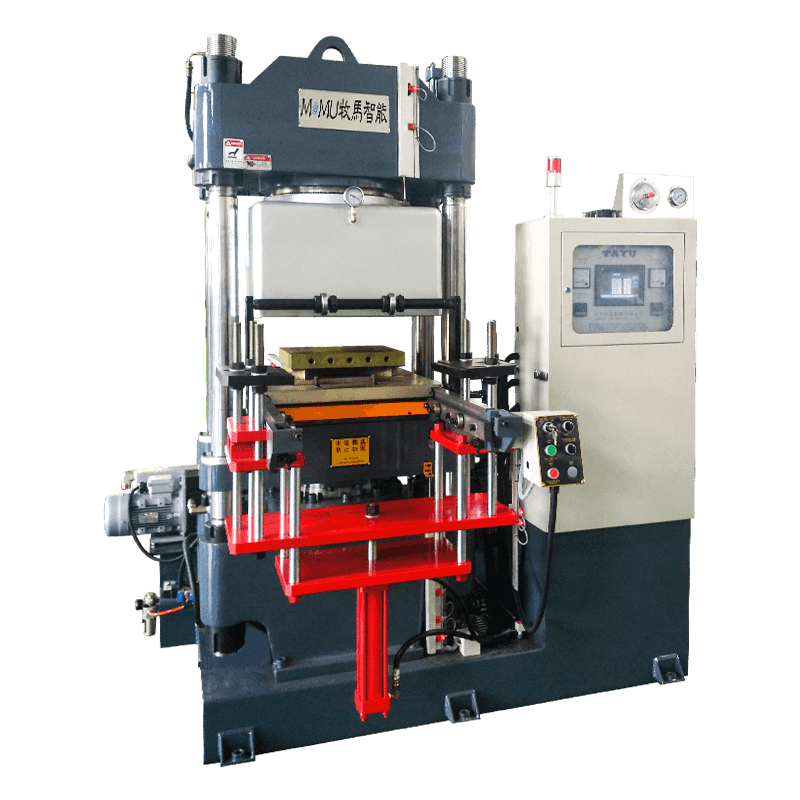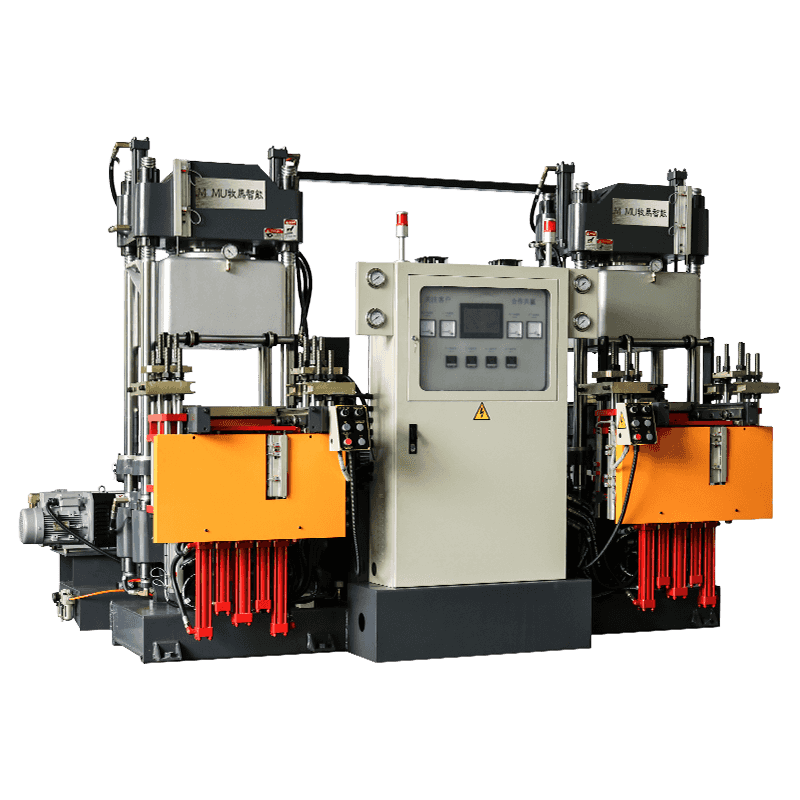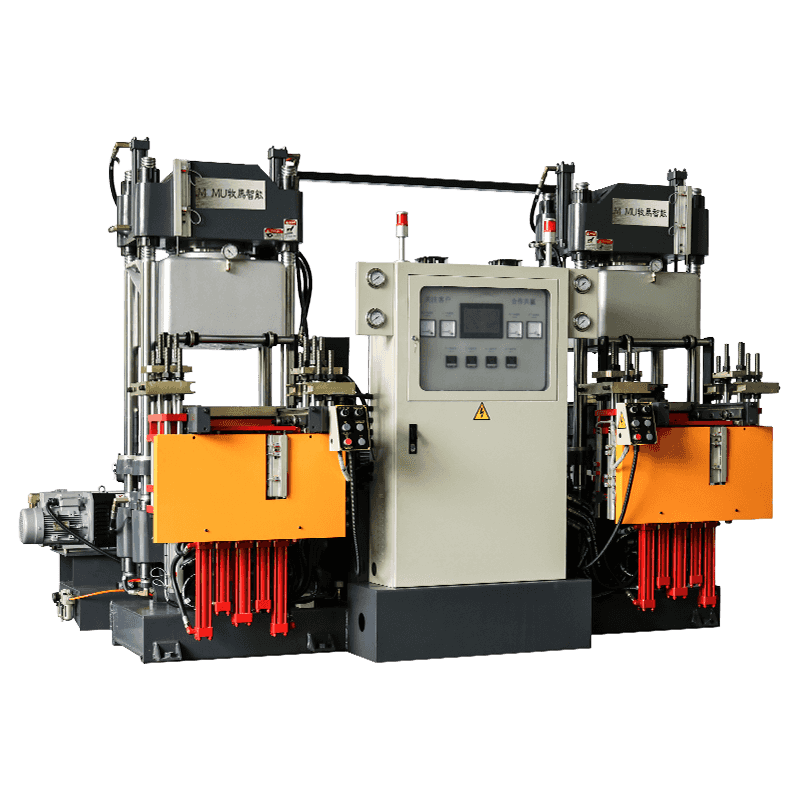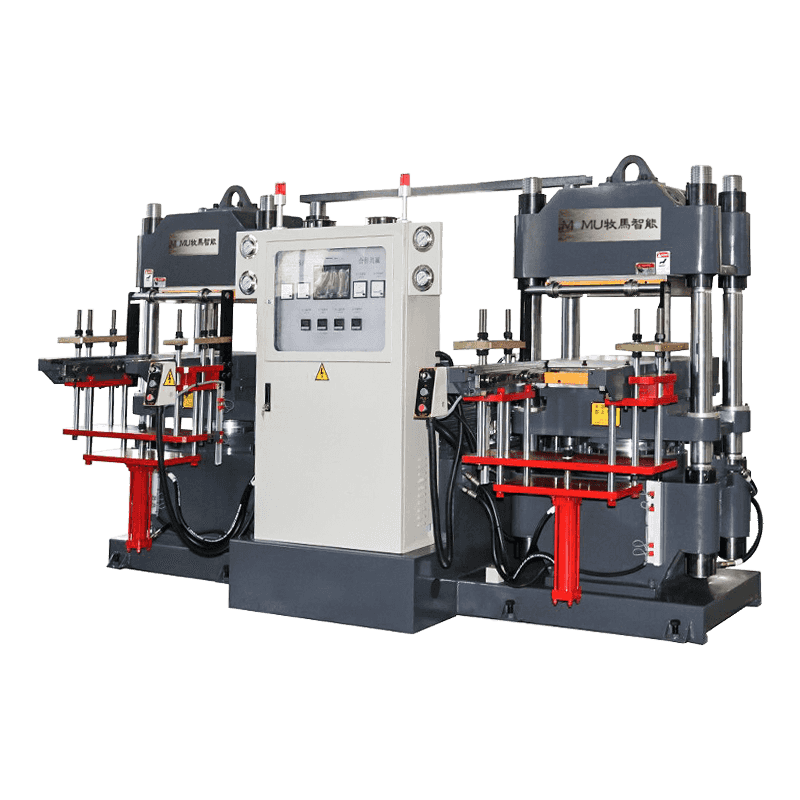Common issues and breakdowns with insulator machines can vary depending on the specific type and model, but here are some general problems that are frequently encountered:
Mechanical Issues
Wear and Tear on Moving Parts:
Belts, rollers, and bearings can wear out over time, leading to decreased performance or complete breakdowns.
Jamming and Blockages:
Insulating materials can sometimes cause blockages in the machine, particularly if the materials are not properly prepared or if there is a buildup of debris.
Alignment Problems:
![]()
Misalignment of components such as cutters, rollers, or guides can cause uneven production or damage to the materials.
Electrical Issues
Faulty Wiring and Connections:
Electrical connections can become loose or corroded, leading to intermittent failures or complete loss of power.
Motor Failures:
Motors can overheat, wear out, or fail due to electrical issues or mechanical strain.
Sensor Malfunctions:
Sensors that monitor the operation of the machine can fail or give incorrect readings, leading to operational problems.
Software and Control Issues
Control System Failures:
The computerized control system can experience software bugs, glitches, or hardware failures, impacting the machine's performance.
Calibration Drift:
Over time, the machine may lose its calibration, leading to inconsistencies in the insulation thickness or quality.
Material Handling Issues
Inconsistent Material Feed:
Problems with the material feed system can lead to irregularities in production, such as gaps or overlaps in the insulation.
Contamination:
Foreign objects or contaminants in the insulating material can cause damage or blockages in the machine.
Environmental and Operational Issues
Temperature and Humidity Sensitivity:
Extreme temperatures or humidity levels can affect the machine's performance and the quality of the insulation produced.
Operator Error:
Improper use or lack of training can lead to machine damage or inefficient operation.
Maintenance-Related Issues
Inadequate Lubrication:
Failure to regularly lubricate moving parts can lead to increased friction, wear, and eventual breakdown.
Neglected Maintenance:
Skipping routine maintenance tasks can result in the gradual deterioration of the machine's components, leading to more frequent breakdowns.
Diagnostic and Repair
Difficulty Diagnosing Problems:
Complex machines can be challenging to diagnose when problems arise, requiring specialized knowledge or tools.
Parts Availability:
Delays in obtaining replacement parts can extend downtime when repairs are needed.
To minimize these issues, regular maintenance, proper training for operators, and prompt attention to any signs of trouble are crucial. Additionally, following the manufacturer’s recommendations for use and maintenance can help ensure the machine operates smoothly and efficiently.





